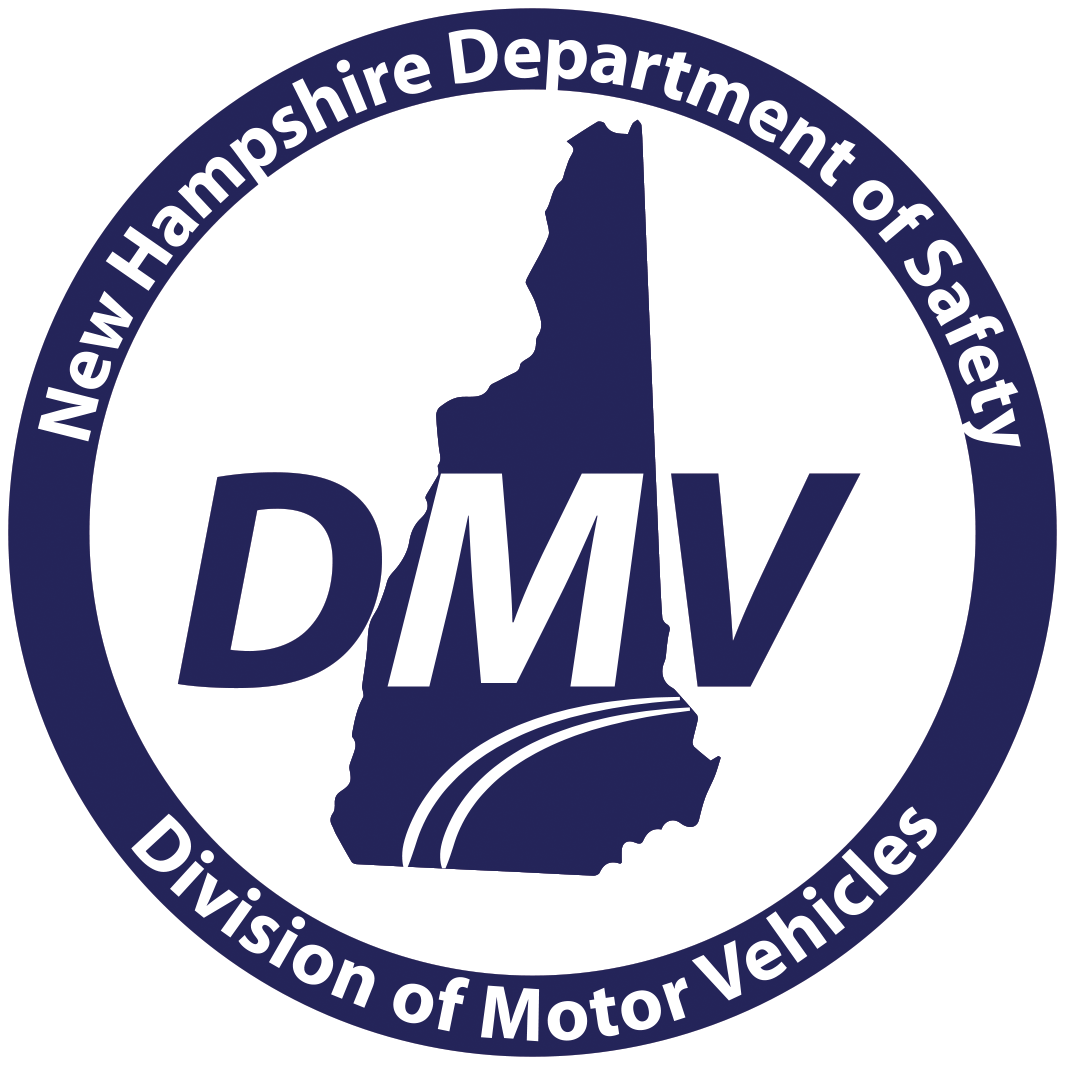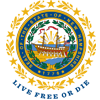Inspections & Emissions
What you need to know about vehicle inspections, emissions and On-Board Diagnostics.
Vehicle Inspections
All New Hampshire registered vehicles require a safety inspection to be conducted within ten (10) days of the registration. After the initial inspection, registered vehicles must be re-inspected every year, no later than ten (10) days after the end of the owner's birth month. When a vehicle changes owners, it must be inspected in the new owner's name within ten (10) days of the registration date, even if the original inspection sticker has not expired. Please note that antique motor vehicles must be inspected in the month of May (RSA 266:1).
Please review our Administrative Rules, Saf-C 3200 for more information regarding the inspection process.
Where to Get a Vehicle Inspected
Vehicles may be inspected and OBD tested at any state licensed inspection station or an authorized New Hampshire automobile dealer. Not every mechanic is certified to perform inspections but all authorized stations are required to post a notice indicating that the station is an authorized inspection station. The State of New Hampshire does not mandate the amount a station may charge for an inspection. Prices generally range from $20 to $50 per vehicle.
Inspection Process
Inspection information from both the safety and emission inspections will be entered into a computer system and electronically transferred to the DMV. Vehicles which pass both the safety and emissions inspections will be issued an inspection sticker. It will be valid for the same time period as the vehicle's registration. The mechanic is required to give a copy of the official Vehicle Inspection Report (VIR) to the motorist every time the vehicle is inspected.
Below is a list of items which are included in the general inspection process:
- Registration, plates, registration certificate and vehicle identification number.
- Steering, front end and suspension.
- Brakes, including parking brake.
- Odometer and speedometer.
- Electrical system, horn and defroster.
- Lights and reflectors, including headlight aim.
- Glass, glazing and mirrors.
- Wipers.
- Exhaust system.
- On-board diagnostics system.
- Body, chassis and bumper height.
- Fuel system.
- Tires and wheels.
Vehicle Dealers
There are currently 2,300 Automobile Dealers in the State of New Hampshire. All dealers must be registered with the state, and approved by the local town and city for occupancy. All dealers are required to have a site visit by the New Hampshire State Police in order to operate legally in the State of New Hampshire.
Emissions/On-Board Diagnostics (OBD)
In addition to a physical safety inspection required for all vehicles, pursuant to RSA 266:59-b IV, vehicles less than 20 years old must have an On-Board Diagnostics (OBD) test as part of the inspection process. On-Board Diagnostics is a computer-based system built into all 1996 and newer light-duty passenger vehicles to monitor the performance of some of the engine's major components, including emission control components. The OBD system helps the motorist know if their vehicle has a defect that could cause excess pollution. In addition, it helps mechanics accurately diagnose problems and make effective vehicle repairs.
Vehicle Requirements
1996 and newer model year light-duty gasoline-fueled passenger vehicles (8500 GVWR and less) and 1997 and newer model year light-duty diesel passenger vehicles (8500 GVWR and less) must have an OBD test as part of the inspection process.
1996 and newer vehicles subject to the OBD inspection are required to pass the test and will need to have repairs done if the vehicle is "Rejected." Only one, sixty (60) day repair period is allowed per inspection cycle for vehicles rejected for OBD failures. Address OBD rejections early so that there is sufficient time to complete the needed repairs.
Check Engine Light
The Check Engine Light, also known as the Malfunction Indicator Light (MIL), is a warning for vehicle owners that a problem has been detected in the emission control system. If the light comes on and stays on, the OBD system has detected a problem. This could be as minor as a loose gas cap or as major as an emission component failure. Your vehicle will be rejected if the light is on when it is tested.
Passing the OBD Inspection
Ongoing vehicle maintenance is the best way to keep your vehicle running properly and ready for inspection. Many of the emission control components can be checked and repaired during routine service. Follow the manufacturer's recommended maintenance to help your vehicle run at its best. This will also help get better gas mileage.
OBD Rejections
A rejection indicates that a problem exists that could compromise the efficiency and smooth operation of your vehicle. Rejected vehicles must be repaired and pass the inspection before an inspection sticker will be issued. A one time, 60-day repair period will be allowed to have necessary diagnostics and repairs performed, and to have the vehicle re-tested to verify repairs.
If your vehicle passes the safety inspection but fails the OBD inspection and you cannot afford the repairs to the emissions, you may be eligible for an Economic Hardship Waiver to allow more time to save the money to complete the repairs. For an application call the DMV OBD Program at (603) 227-4120.
Reasons for OBD Rejections
Your mechanic will provide more information and discuss why your vehicle was rejected. Rejections can be due to several reasons, including:
- Not Ready - The system in your vehicle is not ready to be tested. This could be due to recent repairs or if the battery was recently disconnected. In most cases, a week or so of normal driving should make your system ready. If it takes more than a week, you should have the vehicle checked, as there may be another problem.
- Non-Communication - Your vehicle will not communicate with the test system. Make sure the Data Link Connector (DLC) is accessible or has not been damaged.
- Check Engine Light is On - The most common failure. The Vehicle Inspection Report will print Diagnostic Trouble Codes (DTCs) related to the specific problem to help a qualified mechanic diagnose the problem and needed repair.
Contact Information
State of NH OBD Program and Economic Hardship Waiver: (603) 227-4120



